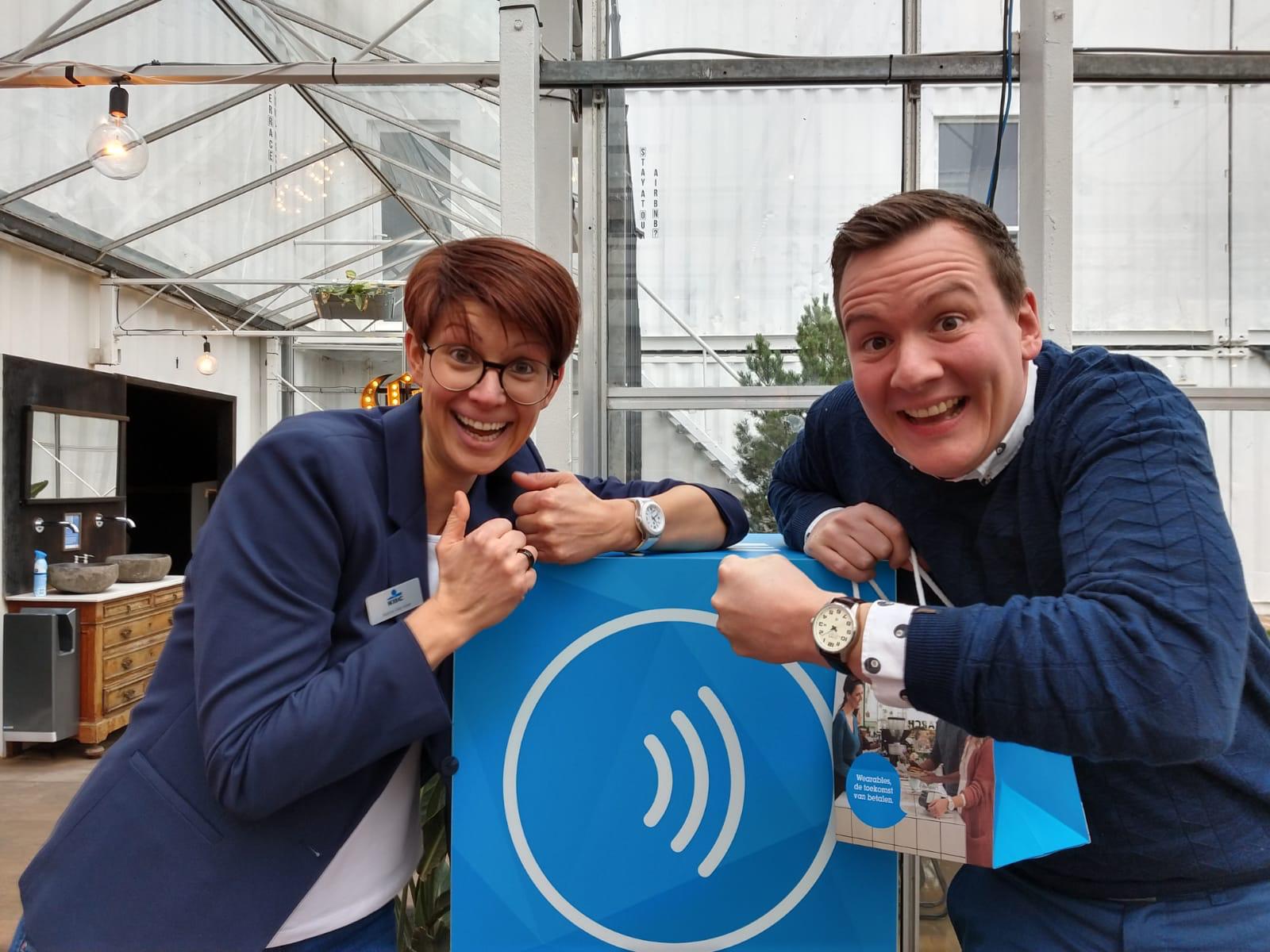
Insights & Opinions
Frictionless Payments and its 5 levels of intrusiveness
Thu, 21 Nov 2019

Frictionless payments remain a dominant topic in payment innovations. Over the last 7 days, 2 articles got my attention, all linked to reducing friction through biometrics. This triggered me to dig a bit deeper.

We are almost in 2020 and biometric innovations remain a novelty in the payments industry. Pretty funny if you know that in the early ’90s this was already used to pay pensions in South Africa to the illiterate population. That is: 30 years before it reaches the masses in Europe.
Just to tell you how long it can take to make innovation happen and that is not because of technology. With thirty years of development, and proven use cases worldwide, technology should not be slowing down uptake.
Is it perhaps because we are currently not truly solving a problem with biometrics? Because it is just replacing an already highly convenient (contactless) card payment or wearable?
When payments become intrusive
Should we look for the problem elsewhere, in privacy for example? The moment Sint-Bavo school in Ghent, Belgium announced their palm vein payments. The added value of this new technology? In case you lose your badge, you can still have lunch.
First reactions of the end-user were all privacy related. I have to give up my privacy, register my palm veins, and what if the data get stolen?
How does the end-user perceive the intrusiveness of the new payment method? I guess this is where it all comes down to with this kind of innovations.
I am writing this of course through the eyes of a Belgian consumer. Like the articles that I read were also read through the eyes of a Belgian consumer, but it already gives you an idea of the different gradations of intrusiveness when it comes to frictionless, biometric payments at Point-of-Sale.
I’ll start with level 2, given many consumers still see even card payments as a way for big corporations and governments to control their life… that would have been level 1.

Level intrusiveness 2: they take your finger
Carrefour starts testing fingerprint payments in Brussels
Given the years of locking and unlocking phones, laptops etc… with a fingerprint, this is the easiest level to digest for consumers.
The pilot is an extension of their project called ‘MyFinger’ where the fingerprint was linked to the consumer’s loyalty card. The article released very few details on the technology and pilot. The main concern today seems to be to relax the world that they are GDPR compliant: “privacy is not an issue, your identity, your data are safe with us”.
What we know is that customers with a Carrefour Bonus Card will be able to register their fingerprint to also make payments. I would guess that in the next phase they will link these data somehow to their own payment method, perhaps linked to an SDD scheme?
Since they only roll out to their own customers that are well identified, the risk for fraud remains limited as they can keep a close eye on their customers’ shopping behaviour.
Level intrusiveness 2: a customer uses a technology that he already used for all kind of financial services, whether it is ApplePay, Mobile Banking, e-commerce with itsme… it already feels familiar.
Level intrusiveness 3: they copy the skin
Nestle Market introduces facial recognition payments with CaixaBank
As we move away from Belgium, and Belgian habits, technology starts feeling more intrusive. Although facial recognition is starting to get more traction on mobile and laptops, it is still relatively new and hard to imagine as an entry point for financial services for many.
That is: for many in Western Europe and perhaps even Europe as a whole.
For the ones that follow The Banking Scene already some time, this should not be a surprise that CaixaBank is the one backing this: they were the first to roll out facial recognition on ATMs and to incorporate Face ID for their customers with an iPhone X.
Nestle Market will now test the technology for a period of three months, to determine whether it helps improve customer checkout time, especially during peak demand in the Christmas season (surprisingly they don’t mention anything about customer feedback).
It is not CaixaBank’s first biometric POS project. They also rolled it out in Vienna, a restaurant services group in Barcelona.
As CaixaBank has been building trust on this technology for a few years now it may just be the indispensable asset to make this work in Spain.
Level intrusiveness 3: they change the skin
Alipay introduces beauty filters in their facial recognition payments
Chinese people like to look good. It is the world’s third-largest consumer of plastic surgery (who would have thought 10 years ago that plastic surgery had to do with payments?).
Alipay found a way to help Chinese consumers that are not happy with the way they look and prefer to avoid surgery. They rolled out facial recognition payments with beauty filters.
Mind you: this is not a pilot: they are rolling this out in whole China. This is a reaction on a poll with 40,000 respondents where 60% said they feel ugly when making payments with facial recognition.
Would this work in Belgium? I don’t think so, but perhaps at this very moment, even level 2 of intrusiveness is already in the grey zone of acceptance by the average local consumer.
Level intrusiveness 4: they enter the skin
Chip implants didn’t work 15 years ago when it was tested by VIP members in Baja Beach Club in Rotterdam and Barcelona.

Although they found 150 people that were willing to pay for it, the club didn’t last, nor did their VIP lounge.
Today we see a new wave of tests entering the market, both from the Netherlands and Sweden. It does remain very niche, probably for a reason.
In the Netherlands, there was a new project by a piercing specialist, where the chip was used as a savings account for Bitcoin, amongst other features.
More interesting is Sweden, where thousands of consumers were chipped to replace cards, keys, train tickets…
Again: it will take some time before this becomes mainstream because from the moment chips are implanted it is not just about privacy, but also implication on your health etc…
Conclusion
With technology and its endless possibilities, the human factor remains the crucial element to make an innovative project a success or not. With a society that is increasingly conscious of privacy issues, and the new business models are getting closer to your inner circle every, it is crucial to properly understand how far you can go.
Also in payments! Then again: if it doesn’t work today, the example of the chip implants show that it may be worth investigating years later if perception by the customer has changed already.